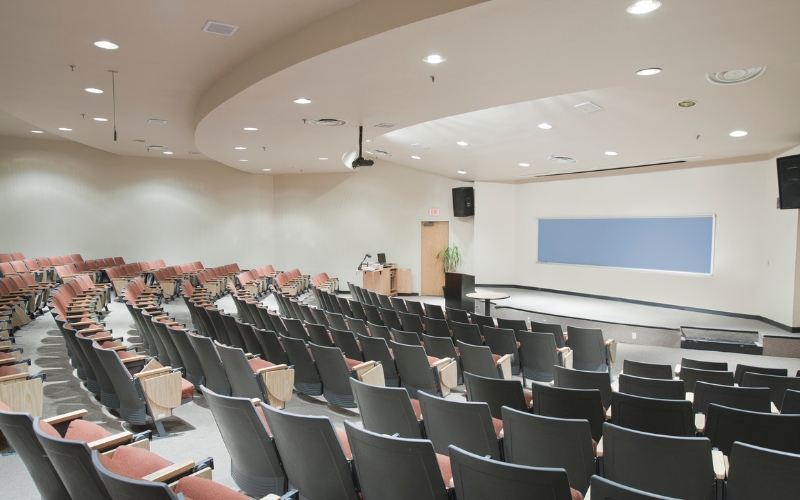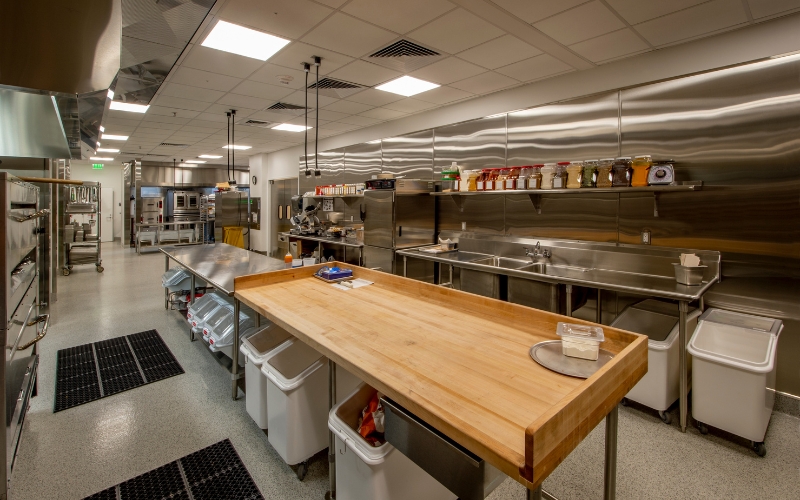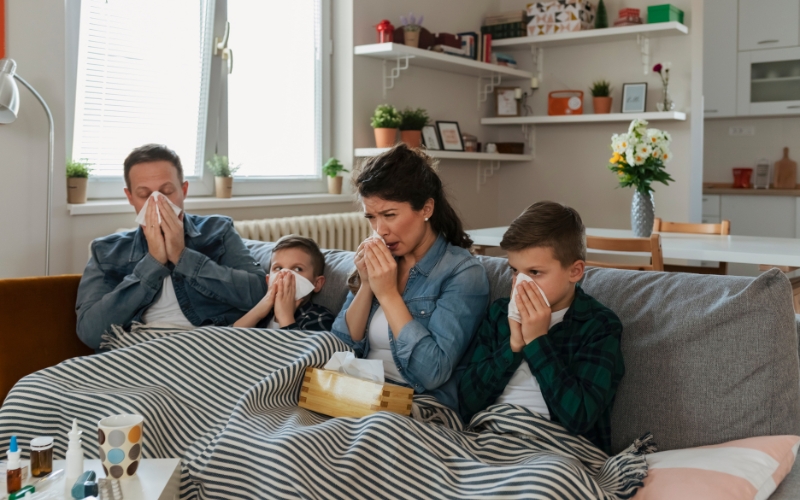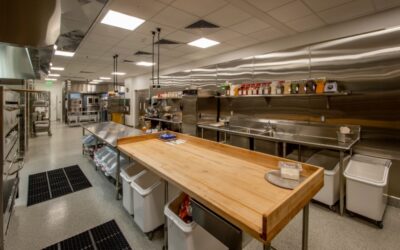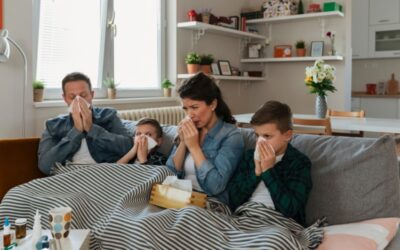Summer break offers students and faculty a much-needed break, but it also creates an opportunity for mold to thrive in unused campus buildings, apartments, and dormitories. This is especially true in some of the more humid climates. Mold not only damages property but also poses significant health risks to students and staff returning in the fall. Fortunately, there are effective strategies that institutions can employ to mitigate the issue.
Why Mold Thrives During Summer
Mold flourishes in damp, warm, and poorly ventilated environments. Those check all the boxes of vacant buildings during hot summer months. Humidity levels above 60% are particularly conducive to mold growth, creating ideal conditions for mold spores to settle and proliferate.
According to the Environmental Protection Agency (EPA), mold growth can begin within just 24 to 48 hours after moisture accumulation, making prolonged vacancies particularly risky.
Risks of Mold in Educational Facilities
Exposure to mold can cause a variety of health issues, including respiratory problems, allergic reactions, and asthma flare-ups. This is especially concerning for universities, where large numbers of people share both living and educational spaces. The Centers for Disease Control and Prevention (CDC) emphasizes the importance of mold prevention in communal living environments to safeguard public health.
Strategies to Prevent Mold in Campus Buildings
Maintain Controlled Humidity Levels
Investing in humidity control systems, such as HVAC systems with humidity sensors, is essential for campuses located in humid climates (all over, but particularly those). Maintaining indoor humidity below 50% significantly reduces the risk of mold.
Regular Inspections and Maintenance
Routine inspections during summer months help catch mold growth early. Maintenance staff should regularly inspect plumbing, HVAC systems, and potential points of water intrusion.
Improve Ventilation
Ensuring buildings have proper ventilation helps reduce moisture buildup. Open ventilation systems, fans, and air conditioning units can circulate air effectively, minimizing stagnant humidity.
Thorough Cleaning Before Vacancy
Before closing buildings for the summer, ensure that you thoroughly clean and dry all surfaces. Kitchens, bathrooms, and laundry rooms are most prone to moisture buildup, so they should get special attention.
There is one more…
A Continuous Solution: Synexis and Dry Hydrogen Peroxide (DHP®) Technology
Incorporating innovative solutions, such as Synexis’ patented DHP technology, can provide continuous microbial reduction in both air and on surfaces. DHP technology proactively reduces mold spores, viruses, bacteria, and other pathogens in all spaces, both occupied and unoccupied. This makes it ideal for campus buildings during extended breaks.
Institutions that employ Synexis solutions have reported significant decreases in mold-related issues, resulting in healthier environments when students and staff return.
Preventing mold in campus buildings during summer months requires proactive management of humidity, vigilant maintenance practices, and advanced technology like Synexis DHP. By implementing these strategies, educational facilities can ensure safer and healthier environments for their campus communities throughout the year.
To speak with an IAQ expert from Synexis, fill out this form and we’ll be in touch as soon as possible.
And to learn more about Synexis, click here.

